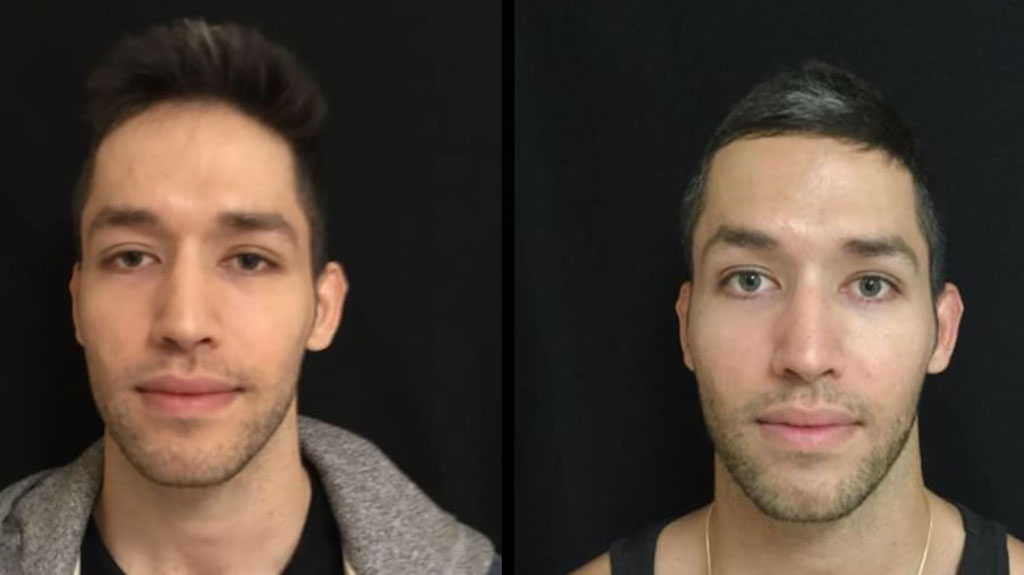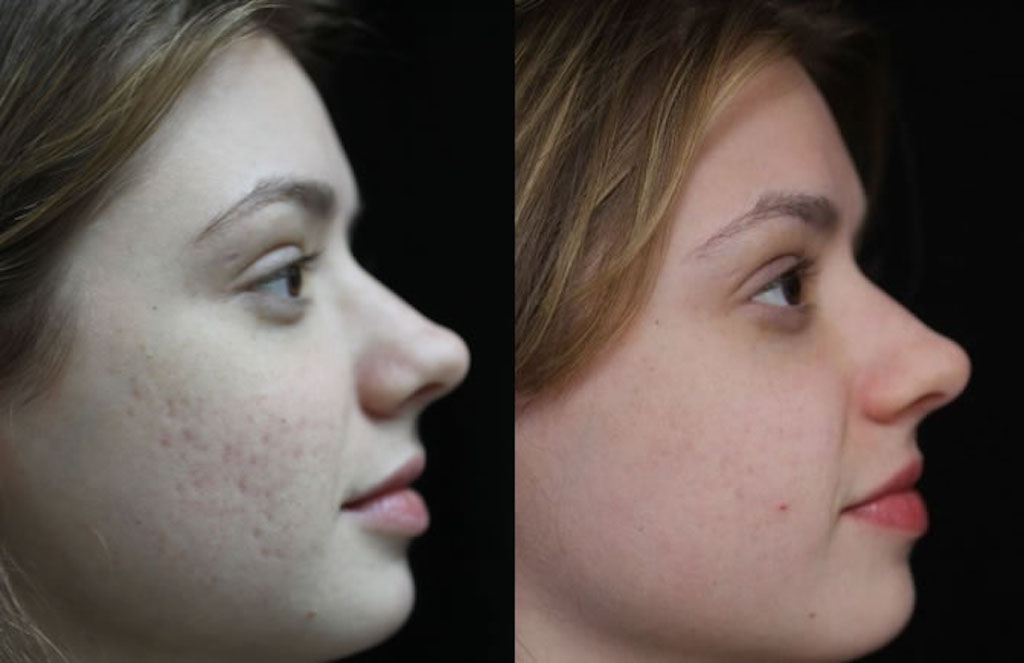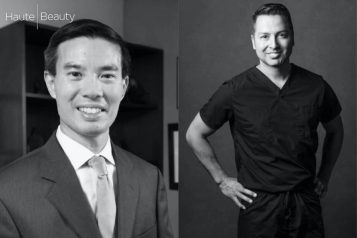Acne and acne breakouts are one of the most common reasons that patients consult with dermatologists each year. Unfortunately, there are many acne lesions that lead to acne scarring. Acne and acne scarring affect both men and women from their teenage years, well into their 50’s. With 50 million individuals suffering from acne at some point in their lives, close to 40% of patients will develop acne scars at some point, according to the American Academy of Dermatology (AAD).
 Photo Credit: Photo courtesy of Dr. Michele Green
Photo Credit: Photo courtesy of Dr. Michele Green
Dr. Michele Green, Dermatologist in New York City offers a variety of treatments that addresses acne scarring.
Dr. Green is a world expert in treating all types of acne scars, in every skin tone. From Fraxel, dermal fillers, to chemical peels, micro-needling, to laser resurfacing, Dr. Green will create a unique treatment protocol for you to address your acne scars and help give you back beautiful, clear skin.
What is acne?
Acne vulgaris, or acne, is a common skin condition that involves blockage and inflammation of pilosebaceous units. Acne may be present on the face, chest, or back. Typically, acne forms in the areas of skin that have the highest amounts of sebaceous follicles.
Why does acne develop?
Much of acne is genetic with some patients prone to acne. There is a tendency for acne to run in families. Hormones and androgens can also play a role in acne. Androgens cause your oil glands to increase in size and produce more sebum. It is this excess oil production and excess androgen activity that clogs your pores and causes acne. Bacteria is another cause of acne and the skin gets clogged by oil and dead skin cells. Bacteria, like Propionibacterium acnes, gets trapped inside the clogged pores, multiplies, and causes swelling, redness, and acne.
What options are available to me when treating acne scarring?
Acne scars can present themselves as ice pick scars, rolling scars, boxcar, atrophic scars, dark spots, or depressed scars, but the good news is that all of these types of acne scar tissue damage can be treated.
Depending on each patient’s unique needs, the goals of clearing up existing breakouts, preventing future breakouts and addressing scarring are accomplished by using a combination of medications, lights, lasers, facials, and peels.
- Injections: For deeper scarring, dermal fillers such as Restylane®, Perlane® and JUVÉDERM® may be injected in small amounts below the surface of the skin to restore an even look to the skin. This can help promote cell turnover, and promote new collagen production.
- Chemical Peels and Facials: These also are used to treat acne. Chemical peels for acne work by removing the surface layers of the skin, thus exposing the deeper less involved layers of the skin underneath. When chemical peels are done for acne, they are generally relatively mild. Appropriate peeling agents for acne include 20-40% glycolic acid, 10-25% trichloroacetic acid (TCA), and salicylic acid.
Regardless of the peeling agent used, a chemical peel for acne will help clear acne blemishes, reduce fine lines and wrinkles, lighten brown spots that result from acne (as well as from the sun or melasma), and smooth and brighten the skin. This process is a great way to help remove dead skin cells, and reduce dark marks on the skin.
 Photo Credit: Photo courtesy of Dr. Michele Green
Photo Credit: Photo courtesy of Dr. Michele Green
Whether you want to clear up your skin for good, or erase the signs of bad skin in the past, acne treatment from Dr. Green’s practice using technologies such as Vbeam® Laser, Fraxel® Dual laser and eMatrix can help.
- Vbeam® Laser: Vbeam® laser treatment and laser resurfacing can significantly reduce both inflammatory acne and non-inflammatory acne. Generally, a series of three Vbeam® laser treatments are given at 2-week intervals. The laser will help improve acne scars and reduce redness in the skin.
- Fraxel® Dual laser: This laser is the gold standard for treatment. With the Fraxel®, acne scars are improved over a series of 4 or 5 sessions. The Fraxel® laser utilizes Fractional Resurfacing Technology in which only a portion of the skin actually receives the laser light. With this technology, the laser delivers a series of closely spaced microscopic laser spots to the skin while simultaneously preserving normal healthy skin between the laser spots.
- eMatrix: Is a popular option for acne scar treatment. eMatrix is also ideal for all skin types, including Asian, Latino, and African American skin. The treatments work by producing a new level of collagen formation and healthy cells. Even though after one treatment you will see some improvement, the full benefit typically takes at least 3 treatments.
Dr. Green is Haute Beauty Skin Expert, representing the New York market. She is a board-certified dermatologist that offers a variety of treatments to address a myriad of concerns relating to the skin including acne and scaring. She is a world expert in cosmetic dermatology, especially in treating acne and acne scarring.
To make a virtual appointment with Dr. Green and to jumpstart your journey to clearer skin visit www.michelegreenmd.com
For more information, visit Dr. Brian A. Levine's social media:

























